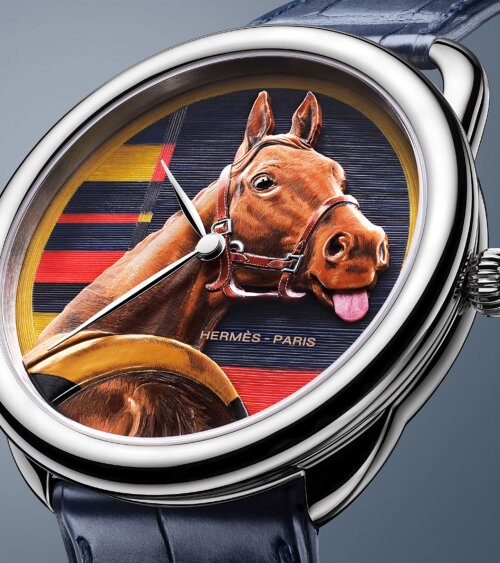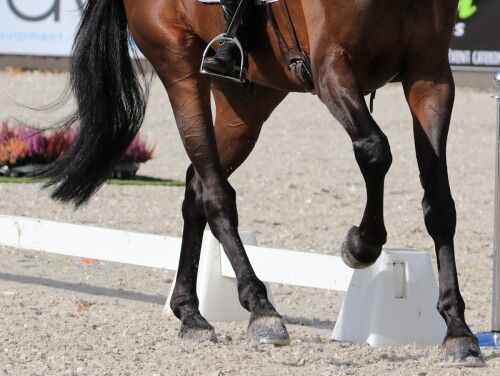Last week it was the countdown to the next Olympic Days, today we still have 93 days to go. Equestrianism is the only Olympic sport in which men and women compete against each other on a level playing field. Our sport has three disciplines: eventing, dressage and jumping, all of them with individual and team competitors. Last week we highlited the equestrian show jumping sports, today we focus on the dressage part.
Whereas the show jumping originated in the 18th century, dressage was already a sport in Ancient Greece. Horses had to move in a natural and disciplined way. The discipline evolved from cavalry movements and training for the battlefield. Dressage has since developed into the competitive sport seen today. Classical riding is the art of riding in harmony with, rather than against, the horse.
 Equestrian sports featured on the Olympic programme of the Paris Games in 1900, with jumping events, and were then withdrawn until the 1912 Games in Stockholm. Since then, this sport has been on the Olympic programme with remarkable regularity.
Until 1948, only men competed in the events, as the riders had to be officers. This restriction was lifted in 1951, and, since the Helsinki Games in 1952, women have competed with men in the mixed events. They competed first in dressage, then gradually in the other equestrian events.
At the 2008 Olympic Games in Beijing, the Netherlands’ Anky van Grunsven confirmed her talent by winning gold for the third consecutive time in the individual dressage event. Her titles total eight medals - three gold and five silver. She is joined by Germany’s Isabell Werth (five gold medals and three silver) and Reiner Klimke (six gold and two bronze), who have also won eight medals.
Equestrian sports featured on the Olympic programme of the Paris Games in 1900, with jumping events, and were then withdrawn until the 1912 Games in Stockholm. Since then, this sport has been on the Olympic programme with remarkable regularity.
Until 1948, only men competed in the events, as the riders had to be officers. This restriction was lifted in 1951, and, since the Helsinki Games in 1952, women have competed with men in the mixed events. They competed first in dressage, then gradually in the other equestrian events.
At the 2008 Olympic Games in Beijing, the Netherlands’ Anky van Grunsven confirmed her talent by winning gold for the third consecutive time in the individual dressage event. Her titles total eight medals - three gold and five silver. She is joined by Germany’s Isabell Werth (five gold medals and three silver) and Reiner Klimke (six gold and two bronze), who have also won eight medals.



